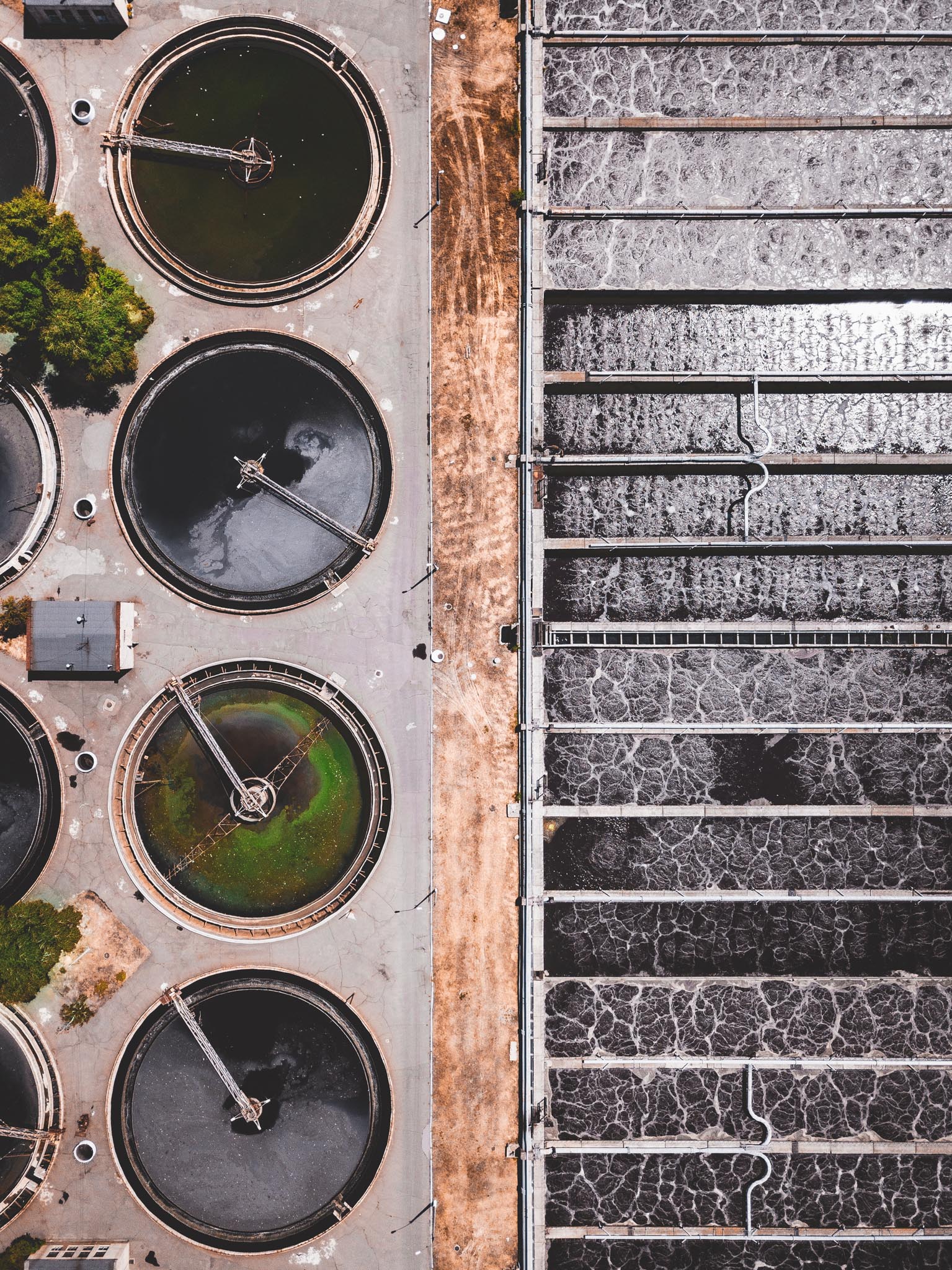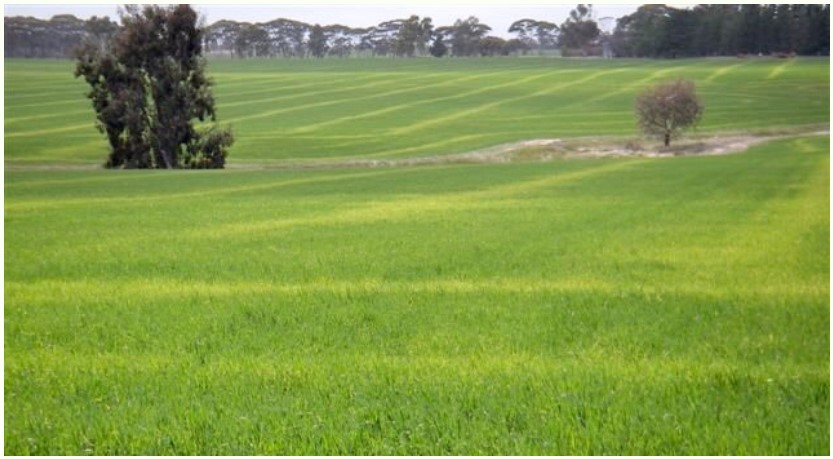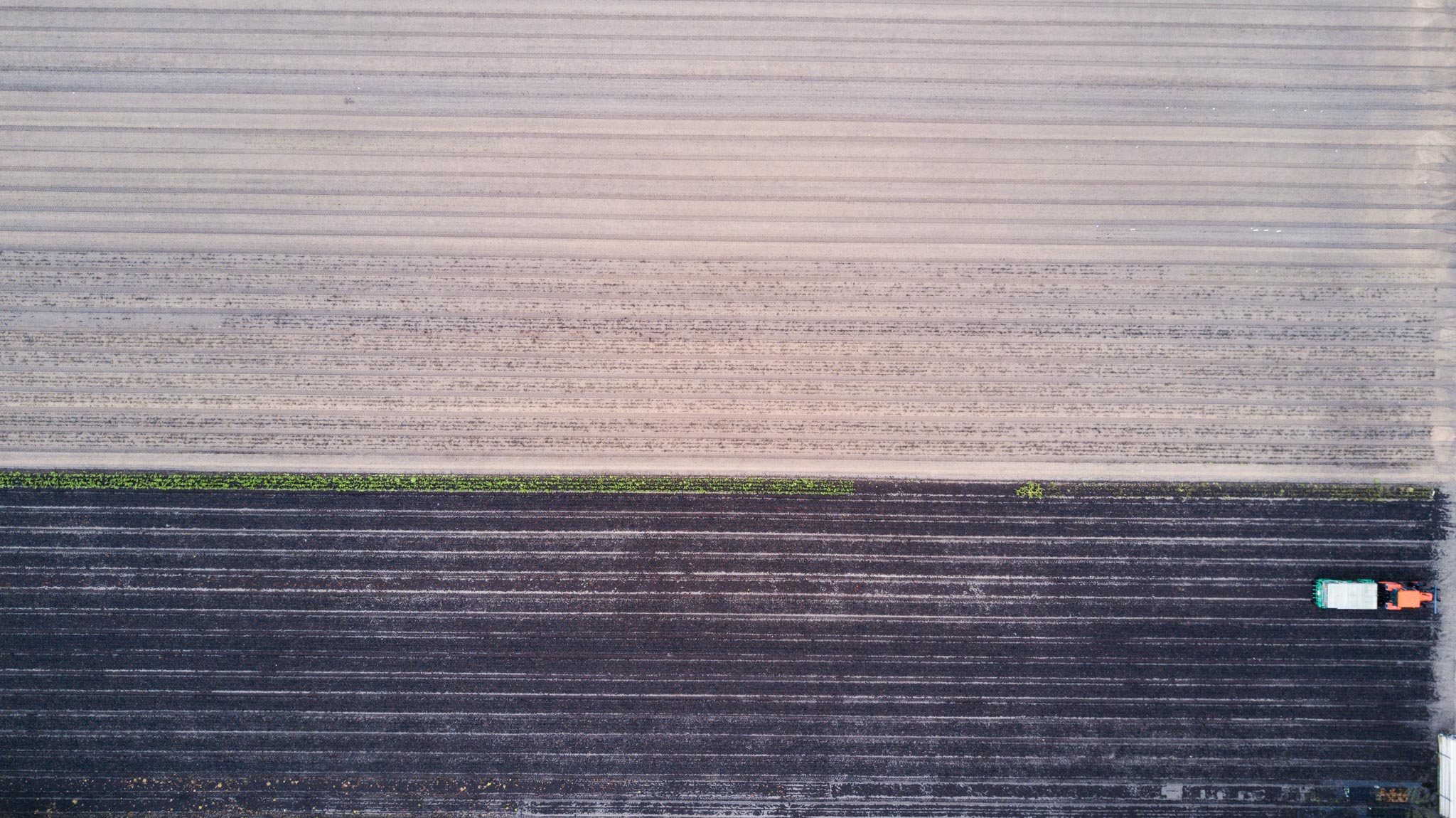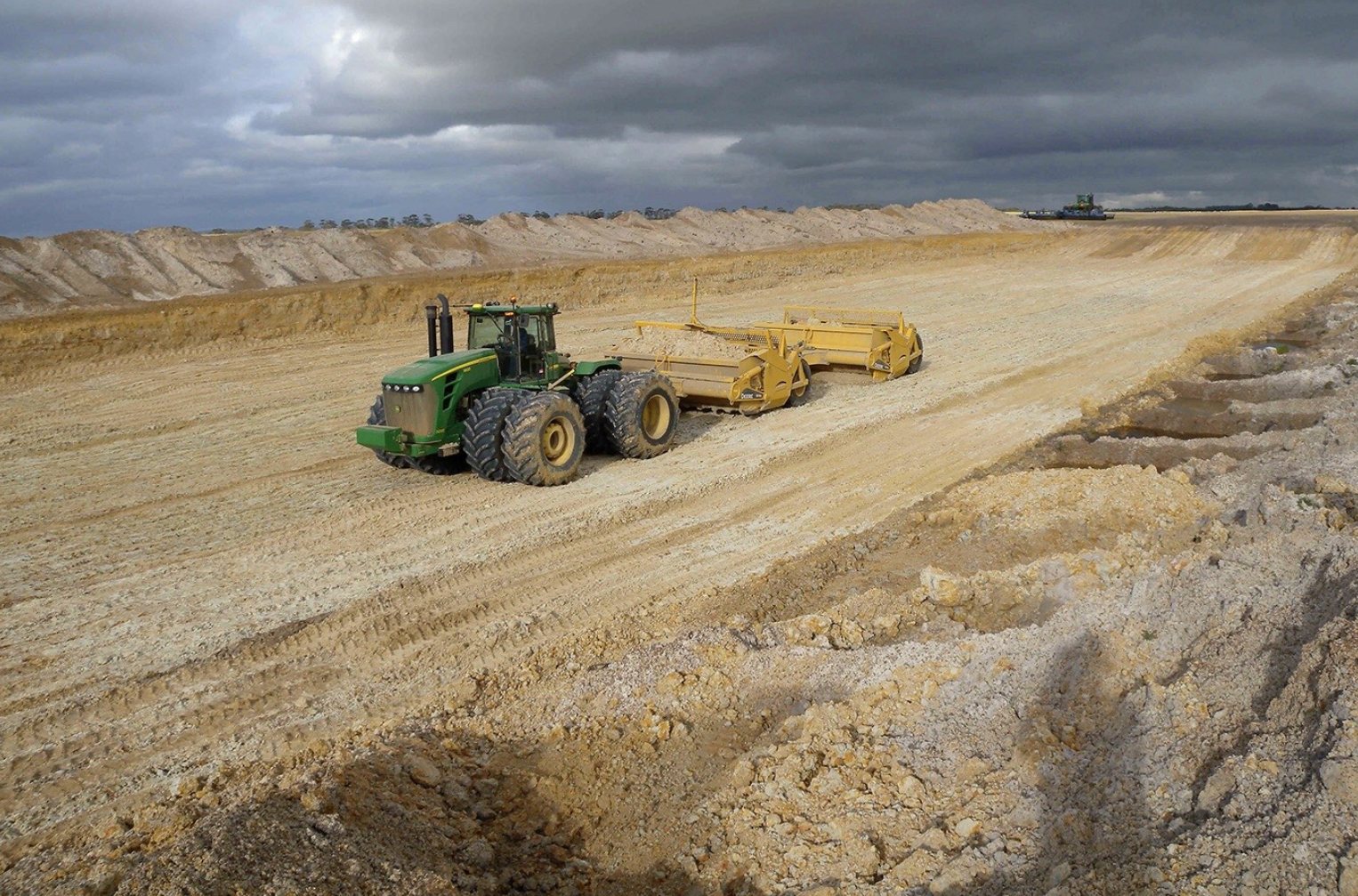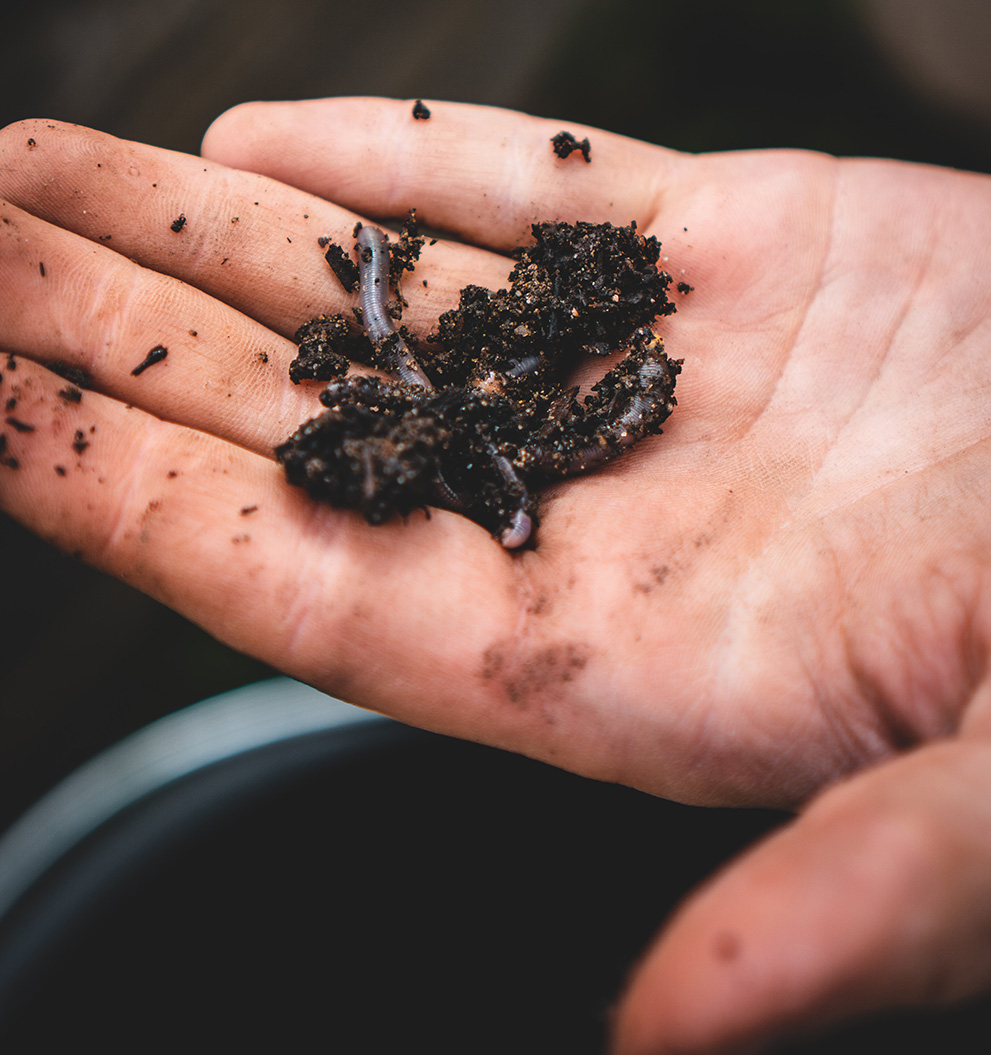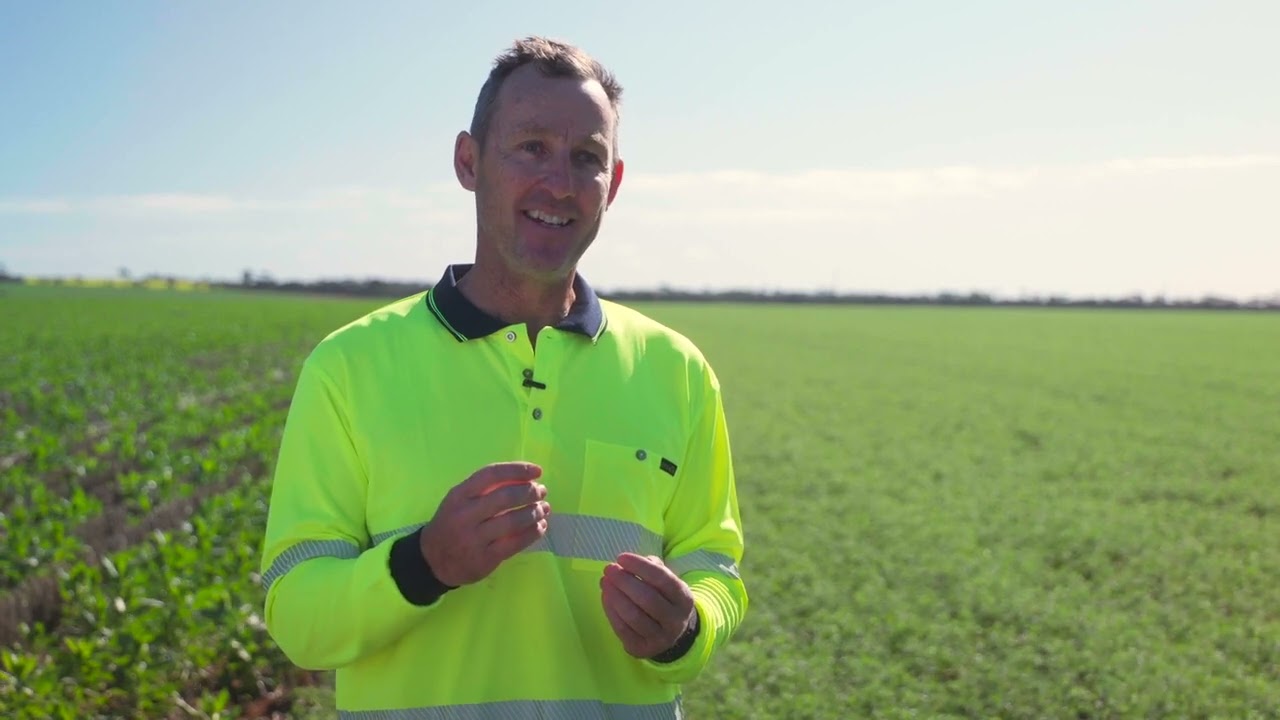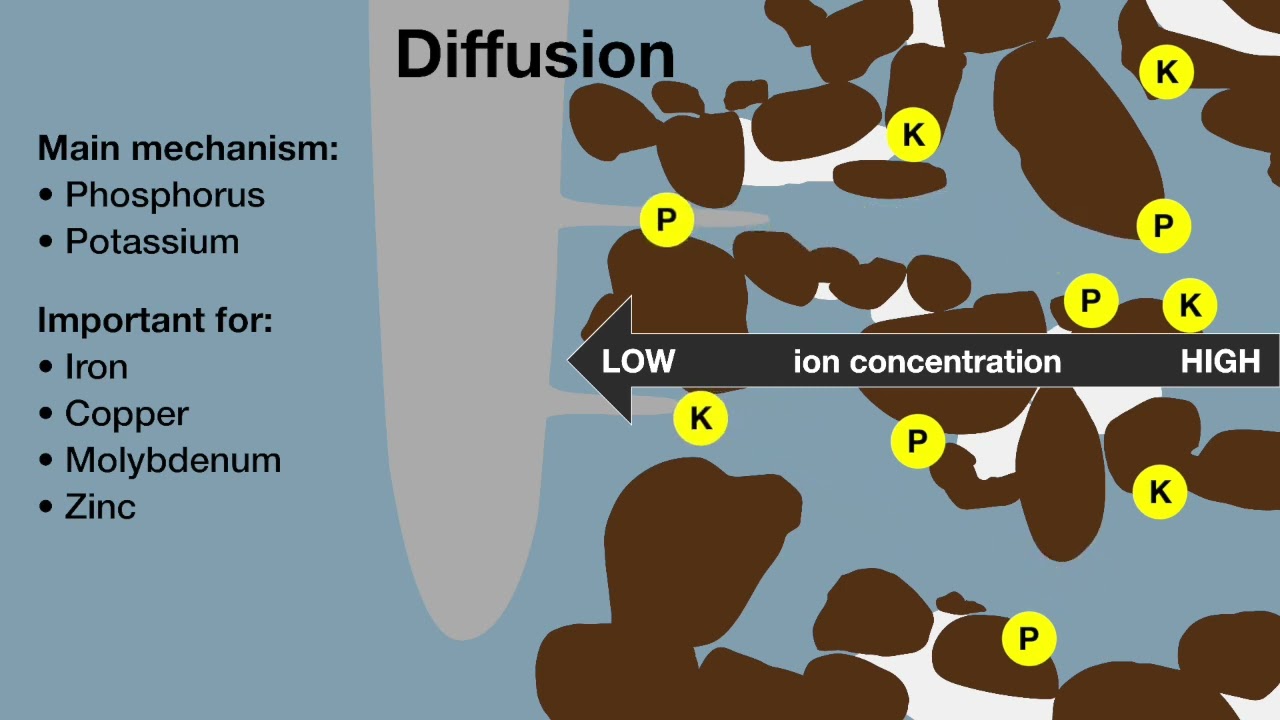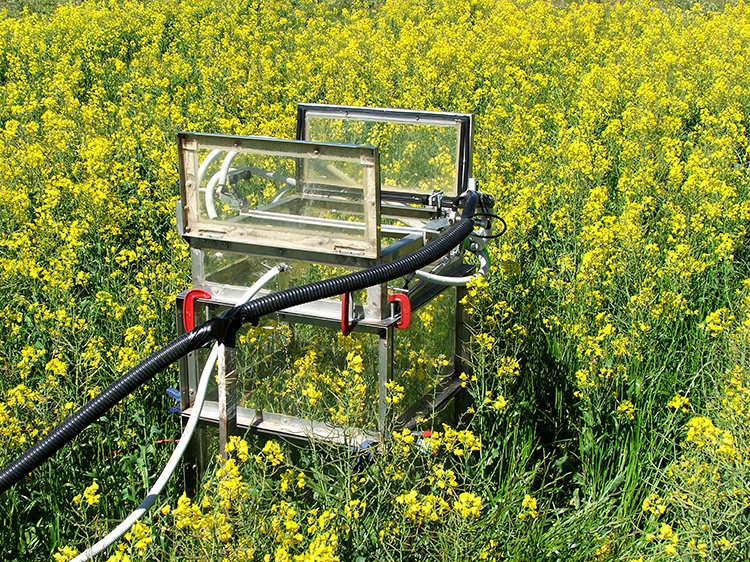Current farming systems are often reliant on energy-intensive inorganic fertilisers to supply nutrients, due to the ease of application and ability to time applications in response to plant demand.
Intensification of grain rotations, higher yields and a decline in legume phases in recent years, has forced a greater focus on fertiliser management and efficiency of use. However, increasingly landholders are looking to rotational diversity and organic waste streams such as green waste, compost, manures, and biosolids as a potential source of nutrients – particularly when the latter is in close proximity to the farm.
48 M Tonnes of total organic waste produced in Australia 2021-22.
14.4 M Tonnes of food waste, garden organics, timber waste and biosolids in Australia 2021-22.
58 % of food waste, garden organics, timber waste and biosolids recycled or recovered.
13 M Tonnes of greenhouse gas emissions generated each year by organic waste in Australian landfills.
3 % of Australia's total annual emissions come from organic waste.
38 % of Australians have access to a food organic and garden organic (FOGO) service.
Previously, the low cost of landfill and high freight costs have prevented reuse of organic waste in regional areas. With increasing land values, continued fertiliser price increases and associated energy costs, the value of nutrients in organic waste is likely to support further development of organic waste products and greater potential to move organic waste streams from source to adjacent farming land.
Current barriers to broadscale use include potential contamination, the relatively low volume and nutritive value of organic wastes currently produced (variable and often low nutrient concentrations), and the required volume of waste needing to be transported to match nutrient supply requirements (linked to high transport costs).
Sources of recycled nutrients
Australia produces 9.3 million tonnes of organic waste from broadacre, dairy, livestock and horticulture industries each year, consisting of:
- Animal waste
- Crop residues
- Product loss
- Processing waste
Urban waste to farms
Previously, the low cost of landfill in urban areas and high freight costs have prevented reuse of ‘urban waste’ in regional areas. With increasing land values, continued fertiliser price increases and associated energy costs, the value of nutrients in organic waste is likely to support further development of organic waste products and greater potential to move organics from cities to adjacent farming land.
Biosolid treatment of sewage and other waste management treatments vary widely in Australia from (until recently) disposal of sewage into marine environments, storage, composting, or treatment and processing for a range of potentially commercial products to suit agricultural and urban land uses.
Organic waste is a problem for most high-density areas with higher costs for refuse disposal and decreasing opportunities for landfill. If managed, viewed and treated appropriately, it could be managed for its benefits– primarily energy production, nutritive value and organic matter contributions to depleted soils.

Benefits of recycled nutrients
As inorganic fertiliser costs continue to increase, greater reliance may be placed on retaining and recycling nutrients on-farm. If this is the case, both the quality and stability of these products must be considered in determining the amount and timing of the nutrient availability that they supply, as well as any potential environmental impacts.
A range of potential benefits can be gained from the use of recycled organic nutrients including:
-
Local sourcing of wastes can improve the economics of their use on-farm due to lower freight costs – a significant component of total costs in using organic residues.
-
Rapid addition of organic matter to depleted soils.
-
Potential to sequester carbon and decrease greenhouse gas emissions when incorporated into soil.
-
Lower input costs (approximately half the cost of inorganic fertilisers for the equivalent nutrient value).
-
Sustained release of nutrients and increased reserve of organic nitrogen.
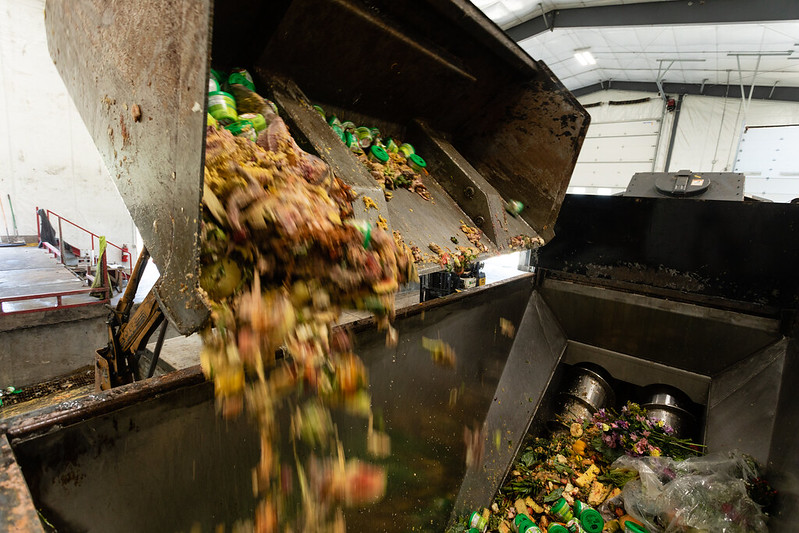
Nutrient release from organic waste
When water is available, living organisms continuously break down organic matter in soil that they can access. While only a small proportion of ‘new’ organic matter is converted to humus in soil, its decomposition drives the supply of nutrients (mineralisation) from organic matter. This nutrient supply to crops depends on several factors:
Composition
The amount and rate of any nutrient release varies based on the characteristics (primarily the carbon to nitrogen ratio) of the added organic matter. This carbon to nutrient ratio, microbial demand and background soil nutrient status determine whether net release of plant-available nutrients, or a decrease in availability occurs. For example, cereal straw with a relatively wide carbon to nitrogen ratio is unlikely to release surplus nitrogen, whereas a nutrient rich manure compost may supply a range of different nutrients depending on its composition.
Soil characteristics
In sandy, coarse textured soil organic matter added generally breaks down rapidly. Often these systems are starved of carbon and without the physical protection of soil aggregates, organic matter is readily available to microorganisms to consume. In loamier soil with increasing levels of aggregation and physical protection of the organic matter, a higher proportion of the organic matter will be protected from decomposition.
In very acidic soils, soil organic matter can build up. This is thought to be associated with less break down by microorganisms associated with an interaction between low soil pH and increasing water repellence. While in the past, high organic matter levels were considered indicative of a ‘healthy’ soil, this is an example where soils are less productive associated with the less-than-ideal pH and constrain productivity – requiring the application of lime to ameliorate soil pH.
Climate
Rainfall and temperature influence decomposition rates. Nutrients from organic waste will mineralise faster in warm, moist, aerobic conditions. If dry conditions are experienced in the first year, nitrogen availability from organic residues is likely to be higher in the second year. Cooler environments slow decomposition.
Soil biology
Soil biota also use carbon and nutrients for growth, competing with plants for their requirements. This uptake of nutrients is termed ‘immobilisation’ and influences the net supply of nutrients available to plants.
Depending on climate, soil biological activity and the carbon to nitrogen ratio of organic residues, between 30 and 50% of the nitrogen in organic residues should become available in the first year following application, with half of what remains becoming available in each subsequent year. Legume residues will often provide a net supply of nitrogen, whereas cereal residues often result in net immobilisation.
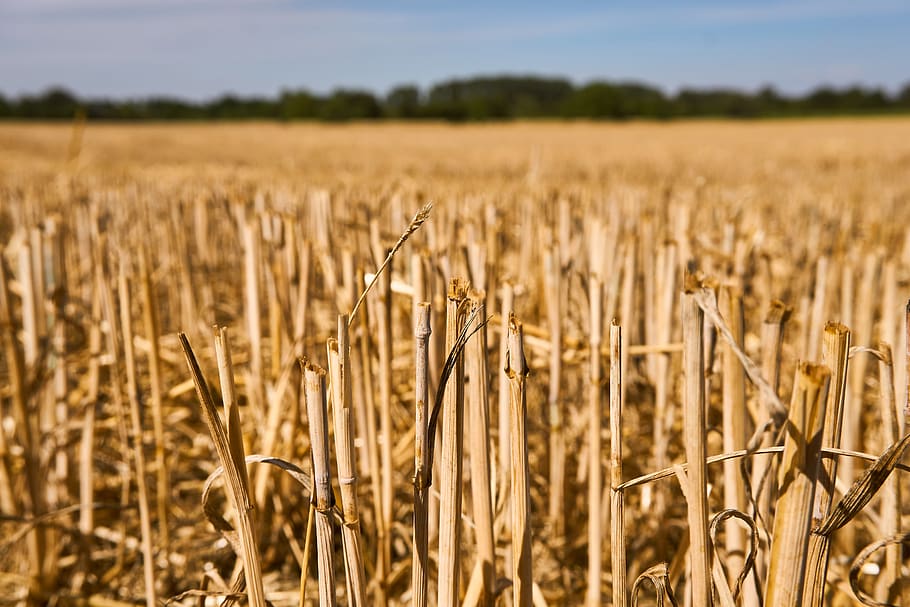
PAGE REFERENCES AND ACKNOWLEDGEMENTS
Material on this page adapted from:
- Hoyle FC (2007). Soil Health Knowledge Bank.
- Soil Quality ebook series. SoilsWest, Perth, Western Australia.
Last updated July 2024.

